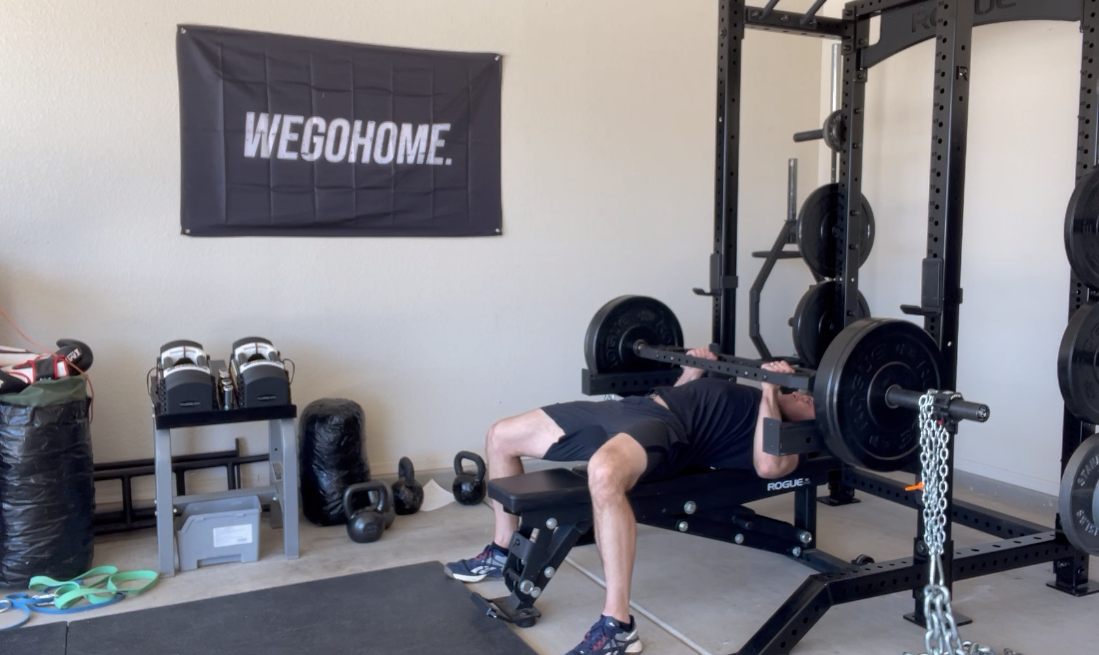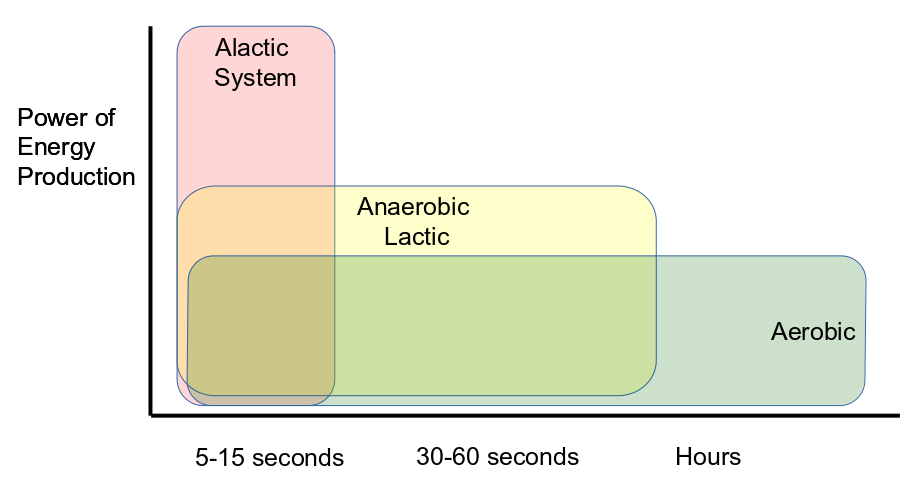“Speed kills but absolute speed kills absolutely.”
- Al Davis, Former NFL Head Coach of the Raiders
God blesses some people with natural speed and power. Honest high level strength coaches will acknowledge this when working with elite athletes. I saw a half asleep division 1 football player prior to morning conditioning easily do a back flip...without a warm up….
Thank you for the reminder for why I wasn’t a D1 football player...
However, ANYONE, can improve their explosiveness. It just requires using proper methods. It doesn’t always mean that we need to destroy ourselves in the gym. In fact, when developing strength and power it is often counter intuitive.
This is important because whether you are bounding from cover to cover, or in a hand to hand engagement with someone you’re trying to arrest on the side of the road...the speed at which you can demonstrate your strength is just as important as being strong. Powerful athletes usually win physical battles. This is no different with first responders and tactical populations.
Enter Contrast Training
I have previously written about this training method before. It is very powerful, but should be implemented in targeted blocks in order to avoid burnout.
Basic Contrast:
This a simple set-up from the book, Triphasic Training (Dietz 152):
Perform a heavy lift- 80-90% of 1 Rep Max (RM)- or heavier
Rest 2-3 minutes
Perform a drop set of 50-70% of 1 RM
This is designed to harness something called Post Activation Potentiation, or PAP. PAP is essentially a window for when the bodies nervous system is heightened- in this case from lifting something heavy, allowing us to move light load even faster from this phenomenon. In turn, this trains the ability for us to generate force quickly.
French Contrast
Another variation is called the french contrast method. Also doubling as the name of an overpriced fancy restaurant, the athlete (or officer/soldier) completes the complex/contrast as (Dietz 152):
-
Perform a heavy lift- 80-90% of 1 RM
-
Plyometric Jumps (or Plyo Push-Ups, etc)
-
Weighted Plyometric or a drop-set of the above movement at 30-50% of 1 RM
-
Plyometric or accelerated plyometric
Rest for 3-5 minutes after completing this hybrid of a complex/contrast. Dietz states in the book he uses correctives and other movements as active rest while the athlete recovers from this taxing event. I have seen the use of medball throws and other explosive movements in place of the exercises above, but the principles remain.
How it has looked in our programming:
The french contrast is great, but it is quite taxing on the nervous system, and is probably best reserved for more advanced athletic populations. A cop who is already struggling to get 7 hours of quality sleep, and has a court appearance in the morning, all after his night shift...may not benefit as much as a full time athlete. Stress is real, and we need to take this into consideration. That doesn't mean we still can't apply the concepts.
In these videos I am demonstrating a lower body and upper body focused contrast/complex set up that we used in this program. After warming up, the way this is completed is essentially a slow circuit. Where the trainee does a light ballistic movement, a moderately loaded lift that is of similar pattern, and then a corrective and/or an accessory movement. Typically most people benefit from more pulling movements and that is why I am using a slow eccentric pull up on the upper day.
I use these more like a contrast/complex hybrid. Meaning, as long as power output is high, typically I have people move through the entire complex and then rest at the end until recovery. That can be with a heart rate monitor and getting down to 140 bpm or so and going again, or just resting a minute or two. Depends on the individual. We get an opportunity here to not only develop our ability to generate power, but we also get in a bit of energy development in. For the nerds: it becomes like an alactic/aerobic session.
The movements that are the focus of the session should be done with power, and you shouldn’t be hitting failure even though you are certainly working towards your capacity to maintain power towards the end of the complex. Every movement should be around 1-5 reps depending on exercise selection and the athlete/soldier/officer’s capacity. You will start to get tired over several rounds, but the movements should still be explosive.
If you’re working on pure power then fatigue should be minimal. Every rep should be fast and explosive. If capacity is more your goal, some fatigue is OK as you complete several rounds...but don’t lose the end goal here.
Whether you're training the ability to generate max power or the ability to maintain power over time, we’re will training power development. This means the recovery between these complexes are just as important as your effort during.
Closing
Getting people tired is easy. Many tactical or first responder programs will quickly check that box via running, various circuits, and a combination of traditional bodybuilding. Unfortunately, many of these circuits are not structured nor is there a specific goal in mind other than fatigue. This can lead to burnout and injury.
There is inherently nothing wrong with any of these training methods. Our last two training blocks used many of them with great success, and we’re getting ready to go into our last 4 week training block of this 3 month cycle where we push our conditioning and go after some new rep maxes.
We still do at least 3 conditioning sessions a week while building strength and power. They’re both crucial for performance. We can do both because of the planning and structure of our programs and the methods used. All of these symbiotically work together to ultimately lead to a training effect.
If your program doesn’t do that, or if you find yourself constantly dealing with nagging injuries...it might be time to take an honest look at your training.
Is your strength and conditioning complementing each other or fighting one another?
References:
Dietz, C., & Peterson, B. (2012). Triphasic training: A systematic approach to elite speed and explosive strength performance. Bye Dietz Sport Enterprise.
Interested in our daily programming? Try it free for 7 days on the TrainHeroic App!



